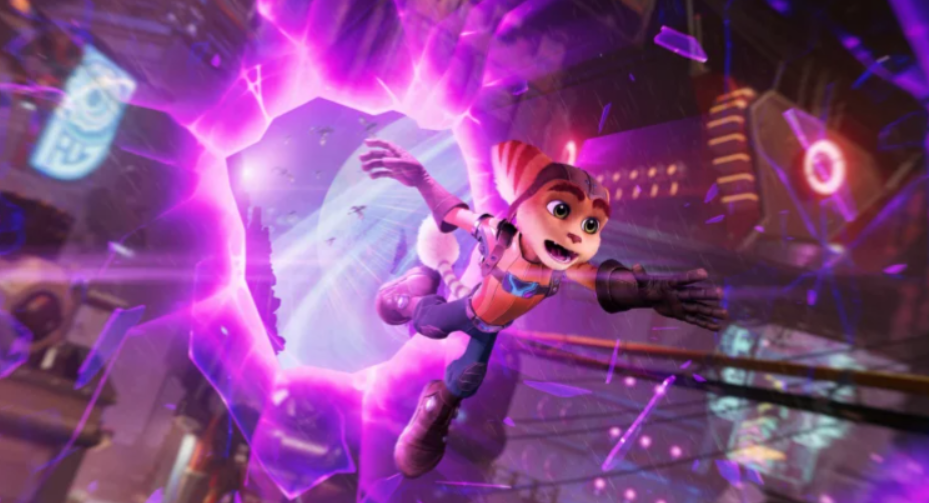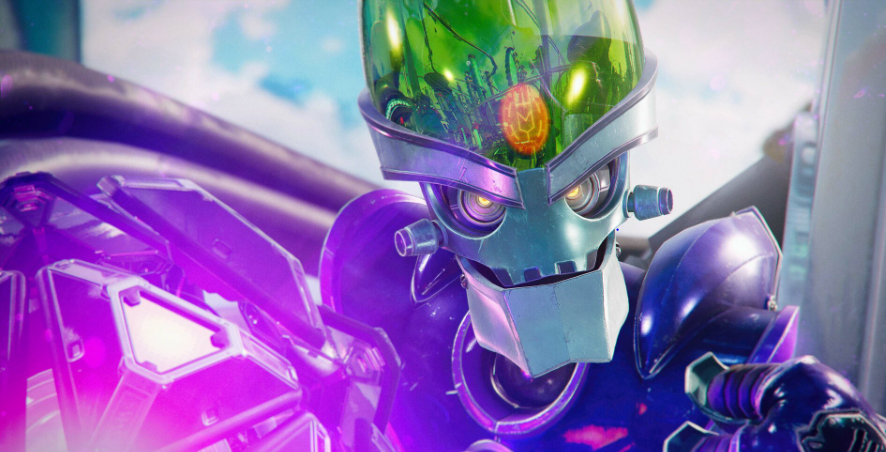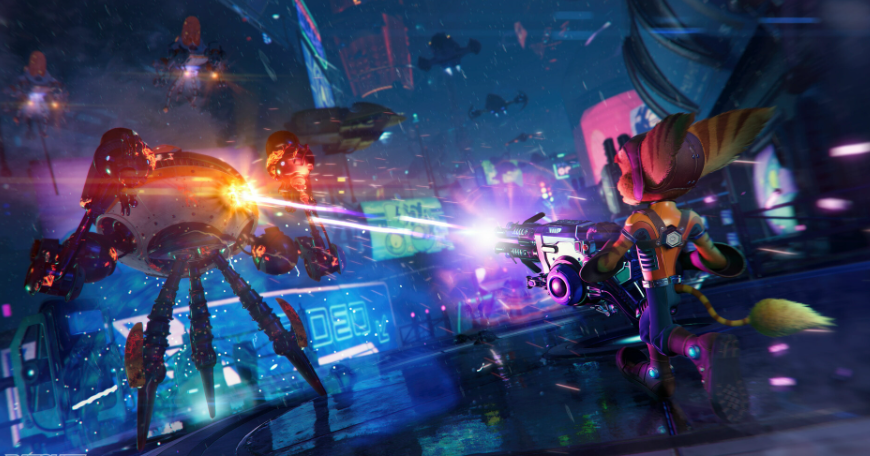In one of the best games for PS5, Ratchet & Clank: Into the Nexus, now available on PC, several visual and performance improvements have been introduced. These enhancements have been welcomed with open arms by gamers.
The decision to delay the PC review and not publish it at launch has proven wise. This delay allowed for crucial bug fixes to be implemented. The wait has indeed paid off, as the latest updates have rectified issues related to ray tracing reflections and shadows, resolved texture loading problems, and enhanced overall stability. Nevertheless, there is still room for further optimizations.

Before delving into the technical aspects of the PC version, it’s worth noting that previous discussions about Ratchet & Clank: Into the Nexus were primarily centred on its PS5 release. Therefore, this analysis will focus exclusively on the PC edition.
Visually, the game is nothing short of a spectacle, easily standing toe-to-toe with the PS5 version and, in some respects, even surpassing it. This superiority is notably attributed to the enhanced ray tracing capabilities, which deliver more realistic shadows, reflections, and ambient occlusion compared to the console counterpart. The image clarity is another highlight, far superior to what can be experienced on the Sony console, particularly when paired with the DLSS technology on GeForce RTX graphics cards.

Testing the game on a PC equipped with a Ryzen 7 3800X processor, 32GB of RAM in Dual-Channel configuration, a Corsair MP510 Gen3 x4 NVMe SSD, and a GeForce RTX 4070, the player encountered no significant performance issues while running the game at Ultra settings, 1440p resolution, and a consistent 60 fps for most of the gameplay. This was made possible thanks to Frame Generation. Switching off ray tracing allowed for smooth gameplay at 4K resolution with more than 100 constant fps, thanks to this innovative technology. When combined with a 120Hz OLED TV and G-Sync support, the experience became even more impressive.
Based on this testing, it is recommended that players with non-top-tier PCs, looking for a stable experience with ray tracing, consider disabling options such as ambient occlusion and shadows, and solely enable ray tracing for reflections. If the performance still falls short of 60 fps, it is advisable to deactivate ray tracing entirely, as the game retains stunning visuals even without it.

For gamers without an Nvidia GeForce RTX 40 series graphics card, there is no cause for concern. Ratchet & Clank: Into the Nexus offers satisfying gameplay experiences, as it supports various upscaling technologies, including AMD’s FSR, Intel’s XeSS, and even Insomniac Games’ own IGTI, catering to those unable to utilize other upscaling methods. These technologies play a significant role in improving performance.
One minor drawback of the game is its limited flexibility in terms of in-game settings adjustments, as changing certain options may lead to crashes. Fortunately, there is a launcher that opens when the game is launched, allowing players to make adjustments from there. However, it would be more convenient if in-game settings could be modified in real-time without causing the game to freeze.
Also read
RATCHET & CLANK: RIFT APART IS NOW AVAILABLE ON PC
One of the standout features of Ratchet & Clank: Into the Nexus, when it was initially released for the PS5, was its near-instantaneous planet-to-planet transitions, accomplished without loading screens or any noticeable disruptions. On the PC used for testing, there were occasional brief freezes lasting 1-2 seconds when transitioning between planets using dimensional rifts. However, this issue significantly improved when the game’s graphical quality was lowered, resulting in transitions that closely resembled those on the Sony console.
It is important to emphasize that, despite videos circulating on the internet showing the game running on mechanical HDDs, it is highly recommended to install it on an SSD, even if it’s a SATA model. This is because Ratchet & Clank: Into the Nexus was designed to take full advantage of the high-speed capabilities of SSDs, and not using one for gameplay would lead to a significantly diminished experience.
In conclusion, the overall experience of Ratchet & Clank: Into the Nexus on PC is on par with, if not superior to, that on the PS5. With the game receiving consistent updates and continually improving since its initial release, it offers a highly enjoyable, vibrant adventure with traditional gameplay that delivers on its promises.
Pros:
- Impressive graphics with or without ray tracing
- Support for DualSense features when connected via wire
- Performance and visuals much superior to the PS5 with compatible hardware
- Incorporates technologies such as DLSS, FSR, XeSS, Frame Generation, and DirectStorage
Cons:
- The game still requires some optimization
- Certain mechanics necessitate a very fast SSD to achieve performance similar to that on the PS5, or lowering the graphical quality to compensate for loading times.





